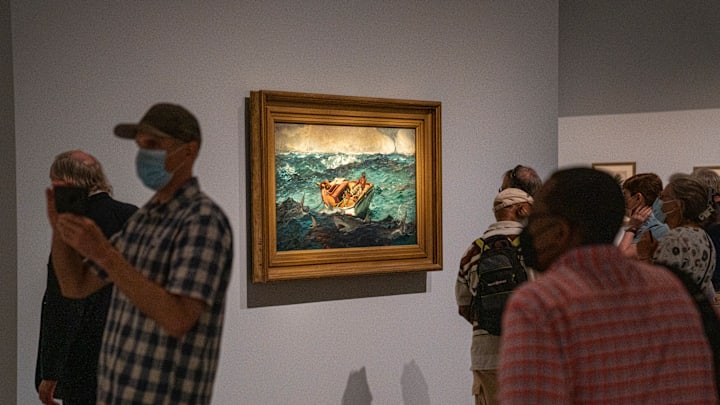In the art world, provenance is essential. Knowing how art changed hands from one owner to the next establishes history as well as legitimacy. But sometimes, this information isn’t comfortable to hear, as in the case of artwork that was once seized by Nazis.
Now, thanks to a new law, New Yorkers will have a chance to know whether or not a piece of art was stolen by the Third Reich. According to ARTnews, Governor Kathy Hochul has signed a law requiring museums to disclose when a displayed artwork was in possession of the Nazi party.
During World War II, at least 600,000 paintings were stolen from Jewish victims and either monetized or taken in an attempt at cultural erasure. Other artworks were forcibly sold during the war. Artists such as Pablo Picasso, Paul Cézanne, and Vincent van Gogh were among those whose works Nazis pilfered from Jewish collectors and dealers.
The new law is intended to make it easier for those who owned the art or their estates to pursue having it returned to them. In 2018, the Guggenheim returned an Ernst Ludwig Kirchner painting titled Artillerymen to the family of Jewish art dealer Alfred Flechtheim, who was forced to abandon his collection after fleeing Berlin in 1933.
But the passage of time, the statute of limitations, and other hurdles can make returning artworks difficult, and some families have lost court cases. In 2018, the Metropolitan Museum of Art won a case against the heirs of Paul Leffmann, who was forced to sell The Actor by Picasso when he had to flee Cologne in 1938.
A law passed by Congress in 2016, the Holocaust Expropriated Art Recovery Act, granted heirs six years from the time they discovered artwork to litigate it. The New York law may aid in transparency when it comes to identifying a piece's questionable ownership.
The affected art in New York museums will have signage pointing to its status as a stolen work.
[h/t ARTnews]
